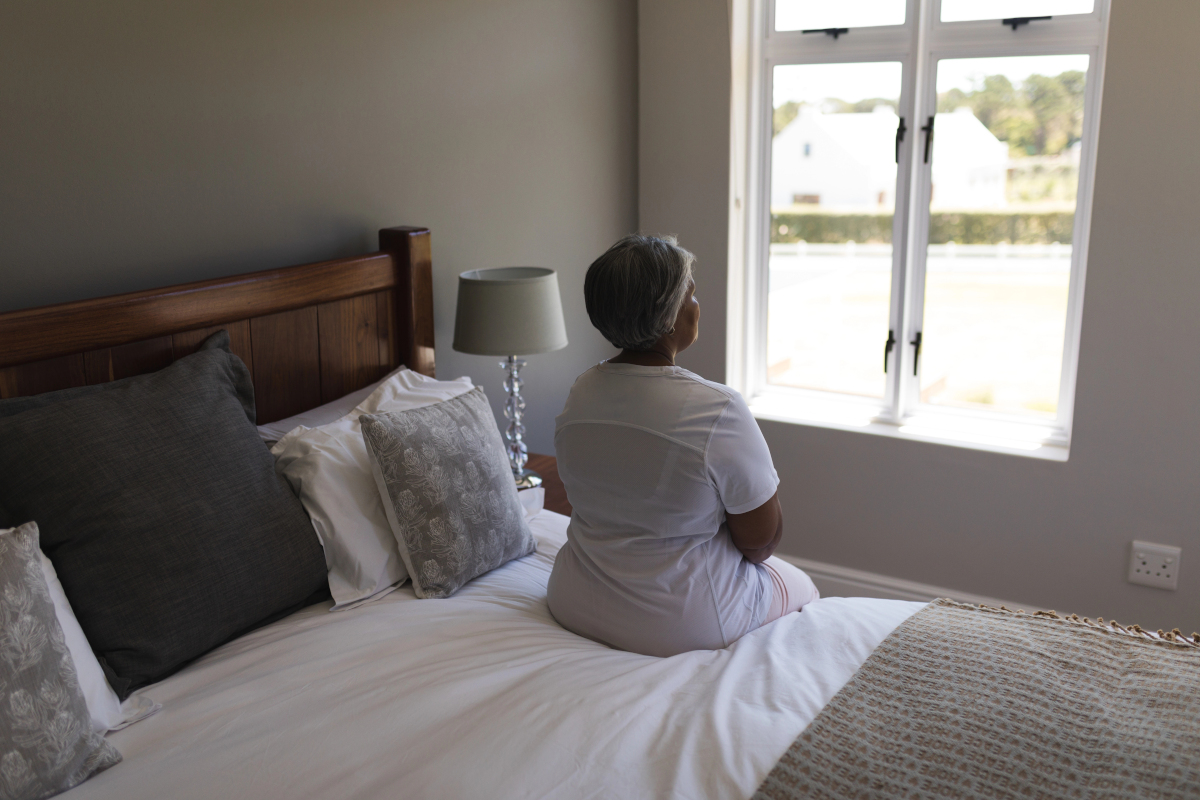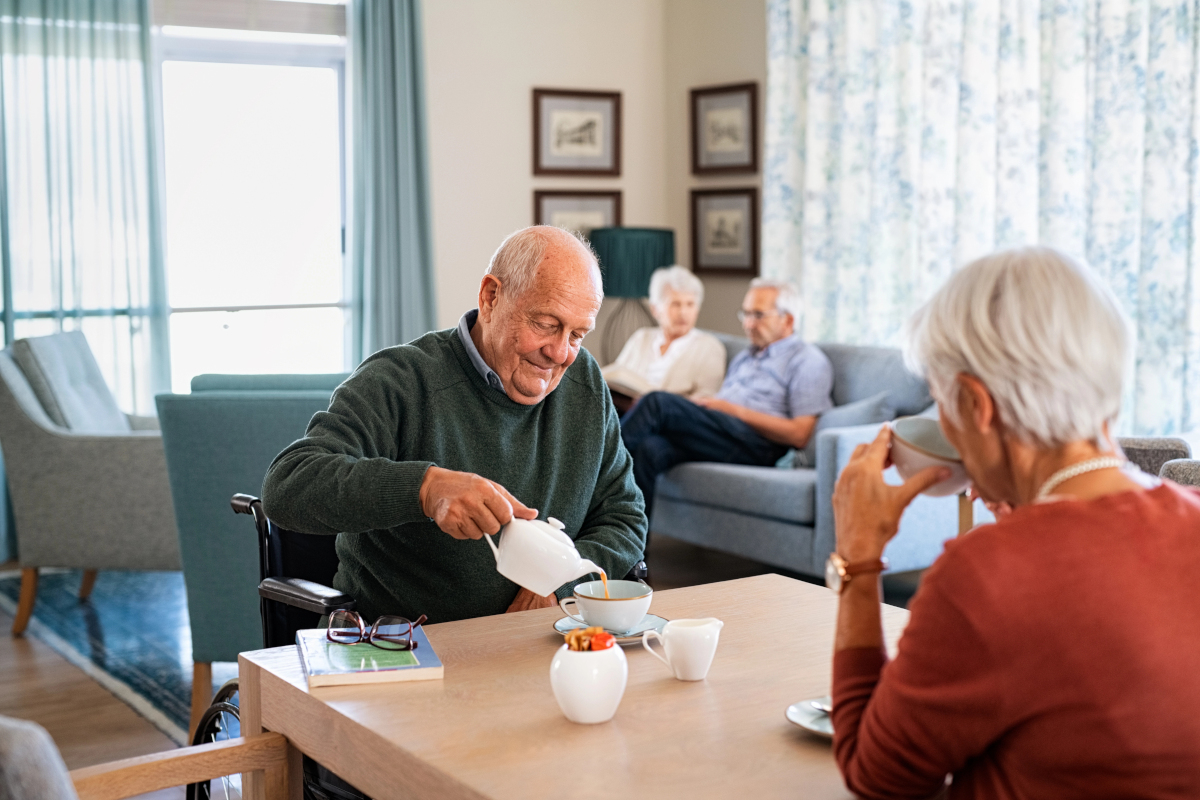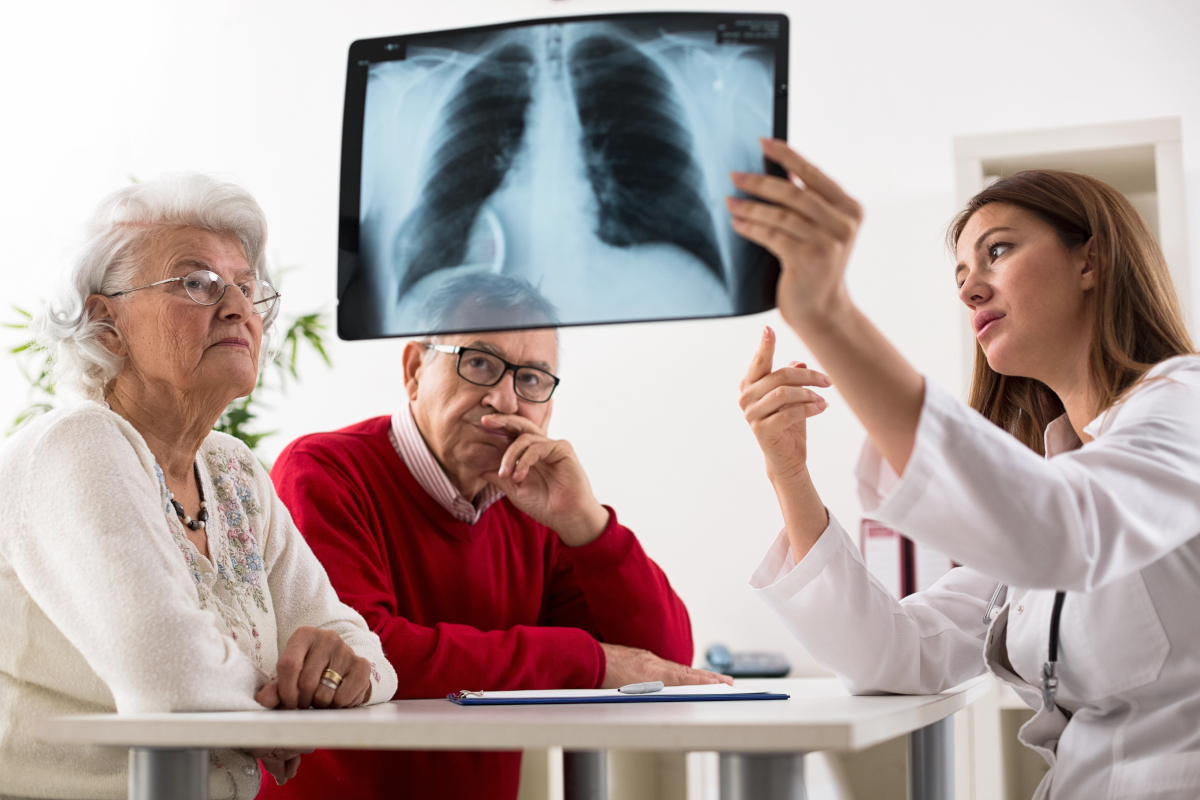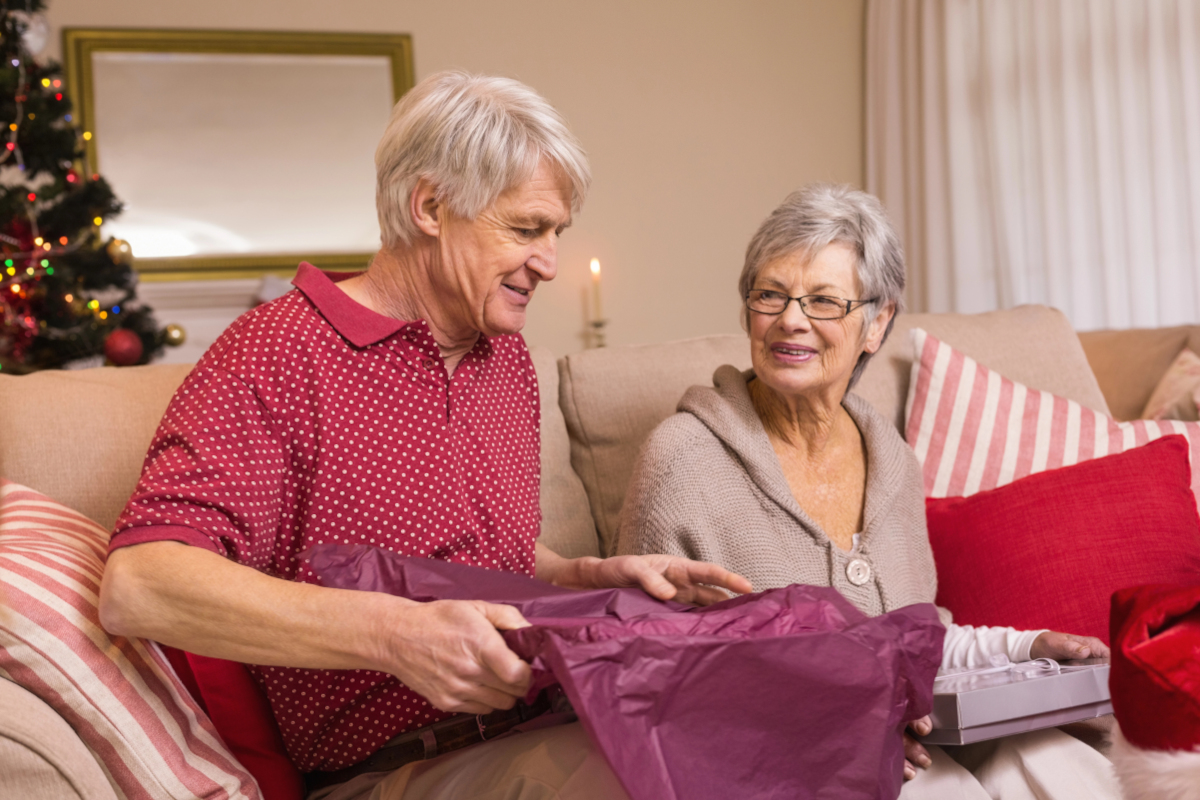Fall injuries are a serious risk for senior citizens. The older we get, the longer it takes for the body to heal. As we age, our bodies tend to change. Our muscle tone, flexibility, and balance can begin to decrease.
Fall risk is an important subject for anyone over age 65. When an older adult falls, their average hospital stay is twice as long as stays for other medical reasons. Reports show that one-third of people over age 65 experience a fall.
Having one fall incident can increase your risk of another. Around two-thirds of seniors who fall once have a second accident within the following six months. At least 300,000 older adults are hospitalized because of a fall each year. Sadly, around 9,500 older Americans die annually after a fall.
Approximately 95% of hip fractures were the result of falling sideways. Women tend to fall more often than men do, accounting for around 75% of reported hip fractures.
Mitigating the risk of falling is essential to the safety and health of any senior citizen. What can you do to lower risk and keep yourself or your loved ones safe from this type of injury?
Stay Active to Build Strength and Balance
A person’s physical status directly effects their ability to avoid falls. Seniors who are strong and work on their balance are less likely to trip or tumble.
It doesn’t take intensive workouts to build muscle tone. Try simple exercises like foot taps. Stand with your feet hip-width apart with a step in front of you. Slowly raise one foot and tap it onto the step before returning it to the floor. Do the same with the other foot and repeat 15 to 20 times. You can hold onto a wall or sturdy furniture if you need to until you build your strength and balance.
Standing marches and single-leg stands are also good options. Anything that increases strength and helps you build balance is beneficial. Your doctor can advise you on safe ways to work on physical fitness.
Have Regular Hearing and Vision Screenings
Our senses help us avoid obstacles every day. When they start to diminish, it puts us at risk of tripping or running into objects.
Have regular vision and hearing screenings performed at recommended times. People ages 55 to 64 should have vision screenings once every one to three years. People over age 65 should schedule a screening once every one to two years. Your eye doctor can let you know if you need to have them more often due to medical conditions or other risks.
The American Speech-Language-Hearing Association (ASHA) recommends annual hearing tests for people over age 60.
If you notice any unexplained changes in your hearing or vision, you should schedule a doctor’s appointment right away – even if you already had a recent screening. Changes can be a sign of underlying health issues and could increase your fall risk.
Remove Rugs from Living Areas
Rugs increase the risk of tripping when moving through living areas. They should be removed, especially from high-traffic spots like hallways or frequently used rooms.
Rugs are slightly elevated, creating a small ledge that could get caught on feet or shoes. This is the case even if you are using a non-skid rug. With non-skid designs, the rug itself may not move or bunch, but it can still catch a foot, cane, or walker leg.
Seniors using walking aids or mobility devices need smooth surfaces to travel safely and comfortably.
Move or Remove Soft or Low Furniture
All furniture should be placed back along walls and out of walkways. Furniture that sits low to the ground should be moved away or removed completely.
Furnishings that are soft or sit too low to the ground are a tripping hazard. It’s easy to not see them or misjudge distance and hit a shin or knee. It’s also important to consider the placement of sharp edges and corners. If a person ends up falling, hitting hard surfaces on the way down can make injuries much worse.
Also, inspect the seating in the home. Chairs and couches shouldn’t be too soft, making it difficult to stand easily. Seniors shouldn’t have to struggle to stand up.
Keep Living Space Clean and Free of Debris
Living spaces should be cleaned regularly with all debris and objects kept off the floor. Anything that falls should be picked up immediately. Any spills should also be cleaned right away. Liquids or small particles can cause surfaces to become slippery. Moisture on shoes or socks can cause a person to slide when they walk on hard floors.
Seniors who are struggling to keep up with housework due to age can face increased risk without assistance. Hiring a cleaning service or moving into an assisted living facility can help remove this risk. Senior living communities provide housekeeping services that can come by and clean up spills quickly.
Install Non-Slip Bathmats and Handles
The bathroom can be a high-risk area without the proper equipment. Bathtubs should have grab bars to help seniors safely get in and out. Those with mobility issues should consider using a shower chair to bathe.
The tub should also have a good non-slip mat that sticks to the surface. A mat may also be needed outside of the tub so that seniors can get in and out safely after bathing. Mats are better than thick rugs, which are a tripping hazard.
Schedule a Fall Risk Assessment with Your Doctor
Your doctor can perform a fall risk assessment for you. They can check your balance, strength, and other health factors to determine if you have any medical reasons for increased risk. They can tell you how likely it is you could fall and help you find ways to avoid injury.
Most doctors use a method called STEADI (Stopping Elderly Accidents, Deaths, and Injuries). This includes an assessment as well as intervention if needed.
During a STEADI assessment, you will be asked to sit in a chair, stand up, and walk about 10 feet at a regular pace. You’ll be asked to sit down again. Your doctor will time this process. If you take more than 12 seconds, then you are considered a higher fall risk.
You’ll also be asked to do a 30 second chair stand. This part also starts by sitting in a chair. You’ll cross your arms and then stand up and sit down again for 30 seconds. If you have a low number of repetitions in that time, you have an elevated fall risk.
The last part is a four-stage balance test. You will be asked to stand and then move through four simple positions. Each must be held for 10 seconds. Your fall risk is determined based on how long you can hold each position.
Move into an Assisted Living Community
The most effective way to lower fall risk for seniors is to move into an assisted living community. These facilities are designed with safety in mind. Living quarters are equipped with railings, handlebars, non-slip surfaces, and other safety features.
Assisted living communities also come with staff who can help residents with daily activities and mobility issues. Older adults can retain as much independence as possible but still receive extra support if needed.
If you or someone you love is struggling with the signs of aging, it may be time to consider a move into senior housing. Pinnacle Peak assisted living community is accepting residents now. Contact us today to learn more about our facility in Scottsdale, Arizona.




